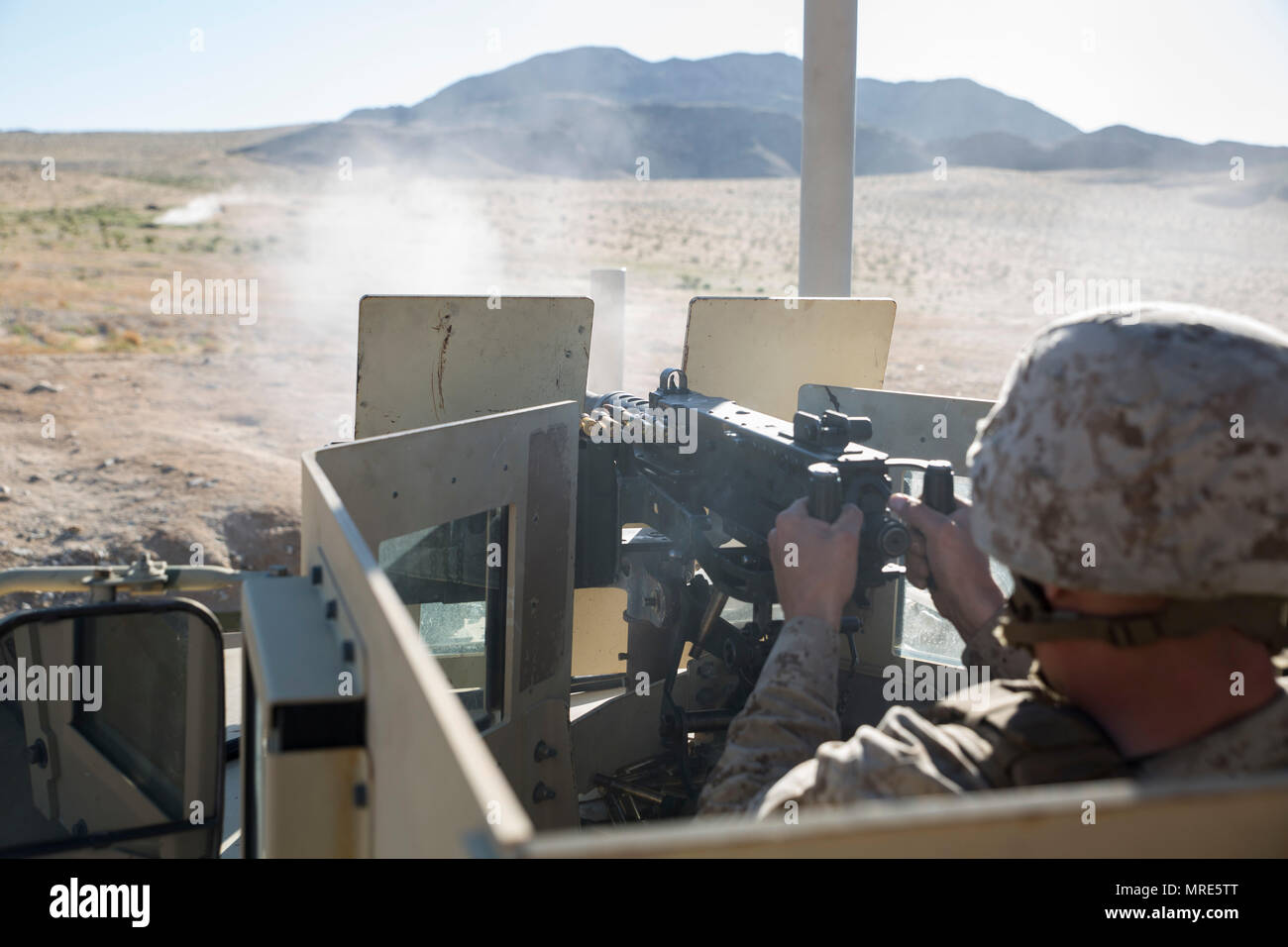

_render.png)
Tracking teaches Marines to read the subtle changes in the ground – providing information and indicators from the physical terrain. David is a former Rhodesian Special Forces Soldier with over 40 years of tracking experience and developed the Combat Tracking pillar of the course. The second expert brought into the program was David Scott Donelan. This environment can be divided into two groups: the physical terrain and the human terrain.

Observation is the foundation that the next two pillars are built off of and is a necessary starting point to accurately observe the environment. He focused on teaching Marines methods to become better observers and improved the techniques they used to employ the optics they carry. Ivan Carter is a big game hunter from Africa and was brought in to create the observation portion of the program. They are: enhanced observation, combat tracking, and combat profiling. This team created the 3 pillars of Combat Hunter that are now taught to deploying Marines. The Marine Corps spent the first 7 months of 2007 creating and validating the Combat Hunter Program. To do this they brought in a number of civilian experts with wide ranging expertise to establish the instructional material for the course. General Mattis’ intent was clear, to make Marines into capable hunters in any environment, allowing them to take the initiative and actively hunt down our enemies. General James Mattis, the Marine Corps’ Leonidas and at the time the I Marine Expeditionary Force Commander, responsible for leading all of the Marines in Iraq (at the time of this post he is serving as the CENTCOM Commander in charge of all military personnel in the Middle East) acknowledged that this situation was unacceptable and directed the creation of the Combat Hunter Program. As intelligence officials on the ground analyzed the data of these attacks, they began to see an alarming trend beginning to form: not only was our enemy actively hunting us, they were also becoming more sophisticated in their planning. In 2006, as the Iraqi insurgency was spreading throughout Iraq’s Al Anbar Province, Marines on patrol were facing an increasing threat in the form of IED attacks and sniper fire.


 0 kommentar(er)
0 kommentar(er)
